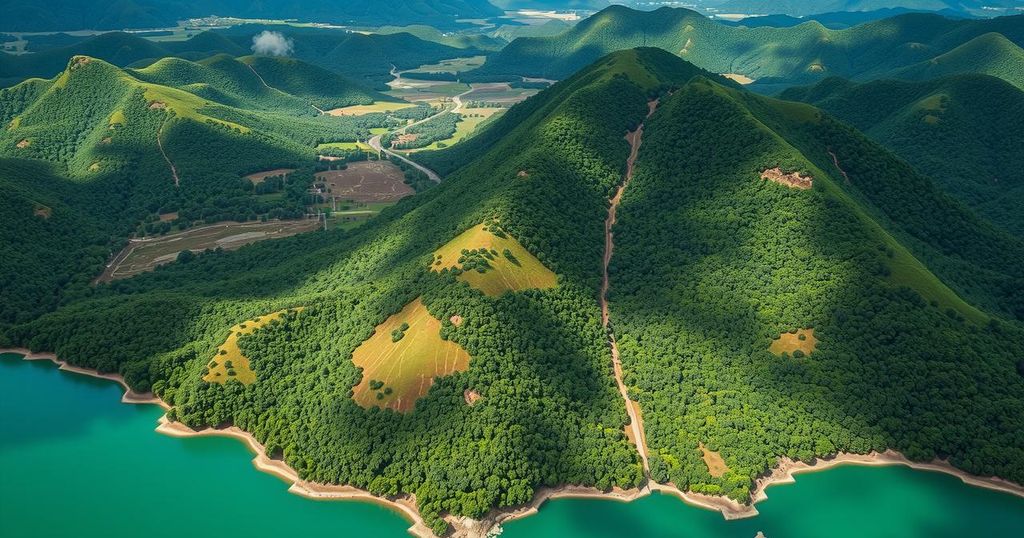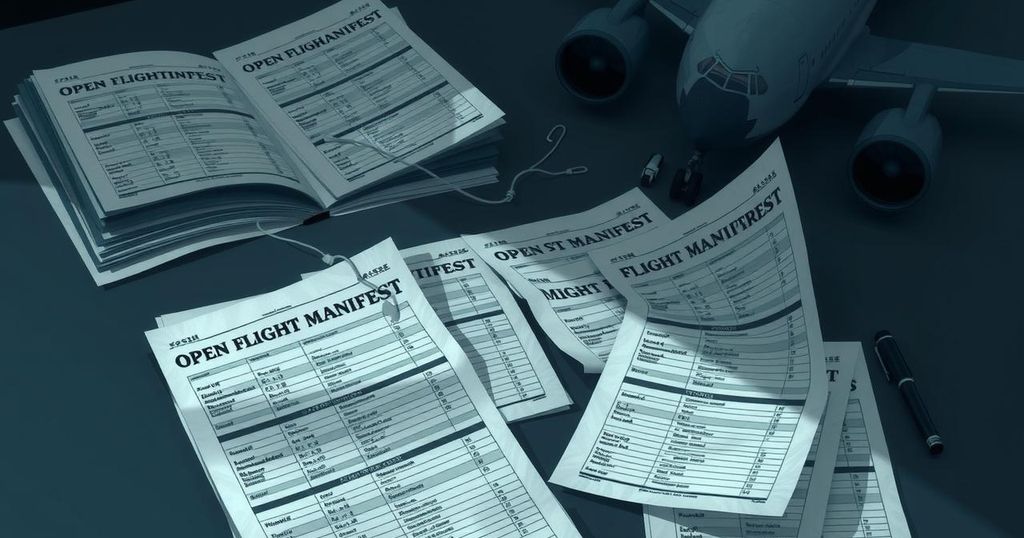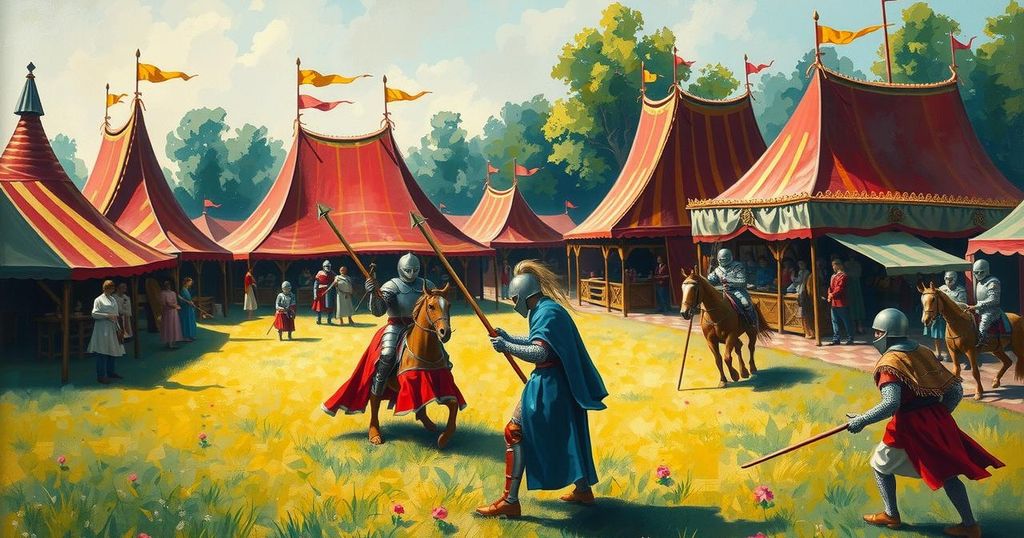Impact of Burundi and FDLR Forces on M23’s Strategic Gains in Goma
In January 2025, the M23 rebel group in the DRC faced a coalition offensive led by Burundian troops and FDLR rebels. Initially pushed back, M23 executed a counteroffensive, ultimately reclaiming territory and leading to significant gains in the conflict. Strategic retreats and guerrilla tactics enabled M23 to expand their control into Goma. This situation highlights the enduring instability and complex alliances within the region.
In January 2025, clashes escalated in the eastern Democratic Republic of Congo as Burundian troops and Hutu rebels, notably the FDLR—a militia linked to the Rwandan genocide—engaged the M23 rebel group amid attempts to capture strategic areas, including Minova. Lieutenant Colonel Guillaume Ndjike Kaiko, the Congolese army spokesman for North Kivu, stated that M23 was being significantly pushed back during a coalition offensive, which previous assumptions did not clearly connect to the Burundian military’s involvement alongside FDLR forces.
The offensive against M23 coincided with a unilateral ceasefire by the rebels aiming to commence peace talks with President Felix Tshisekedi’s government. An M23 commander acknowledged their strategic retreat during this assault, allowing for a better tactical position. Though the coalition temporarily seized some locations, including Bitagata, they were ultimately forced to retreat following M23’s counteroffensive, which began on January 17, 2025.
The M23, upon regrouping and receiving reinforcements, swiftly reclaimed previously lost territories and extended their advance southward. They effectively utilized guerrilla tactics, leading to the disarray and eventual retreat of Burundian and FDLR forces back towards Minova, a vital supply town located near Lake Kivu.
Although Burundian troops had initially dominated Minova, their attempts to dislodge M23 from key hills ultimately failed as M23 launched a well-coordinated counteroffensive. Their strategic plans involved a phased approach, where they gradually captured significant towns, including Minova and Bweramana, while installing artillery units near critical routes.
The campaign intensified with M23 conducting numerous assaults against coalition forces, ultimately leading to the fall of Mubambiro. The involvement of South African troops under the SADC Mission modified the battlefield dynamics, resulting in fierce confrontations that culminated in heavy casualties for the coalition forces. M23 units adeptly maneuvered through enemy lines, capturing battle gear and artillery left behind during the chaotic retreat of the coalition.
Following their triumph in Mubambiro, M23 progressed toward Goma, resulting in the death of the North Kivu provincial governor, General Peter Chirimwami, amid continued clashes. M23’s strategy expanded through an additional front, successfully linking several battalions and advancing towards Goma, which ultimately fell into their control by January 28, 2025. This sequence of events highlights the complexities of the regional conflicts, shedding light on the multi-faceted nature of alliances and hostilities involving local and foreign militant groups.
The events surrounding the M23’s offensive and subsequent territorial gains highlight the intricate dynamics of power and conflict in eastern DR Congo. The involvement of Burundian troops alongside the FDLR presents significant implications, as it underscores the ongoing struggles against regional instability. The M23’s effective use of strategic retreats and guerrilla tactics enabled them to reclaim lost ground and thrive amid external challenges, ultimately seizing Goma, reflecting the complexities of regional militias in the quest for control.
Original Source: allafrica.com




Post Comment